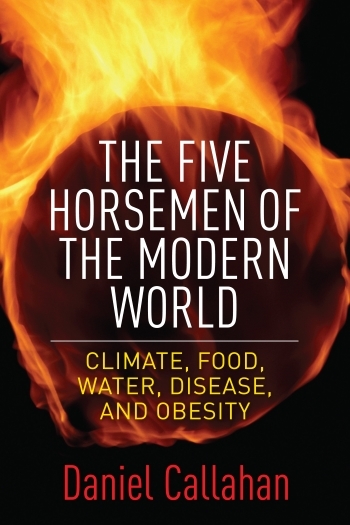And the answer is:The mean cost of an additional Quality-Adjusted Life Year (QALY) within a National Health Service (NHS) reveals how much health is lost, on average, when services currently provided by the NHS are displaced. This value has been suggested as a proxy of the average opportunity cost required to set a cost-effectiveness threshold when facing fixed budget constraints. The aim of this paper is to generate information on the marginal cost per QALY in the Spanish NHS that can be used to inform a cost-effectiveness threshold
A cost per QALY of between 21,000€ and 24,000€ in Spain, depending on whether we take an average across different age groups or the value derived from the whole population model, respectively.
Conclusion: A cost-effectiveness threshold based on the estimated opportunity cost derived from this study is below the figure of 30,000€ commonly cited in Spain. Further work on societal values of health gains is needed to provide decision makers with the relevant information required in different decision-making contexts.Interesting result, though expenditures are not necessary "social preferences". Cost-effectiveness threshold literature sometimes try to focus on a normative decision for the society society from a technical point of view. I'm interested in the political one.
Au Grand Palais, maintenant



